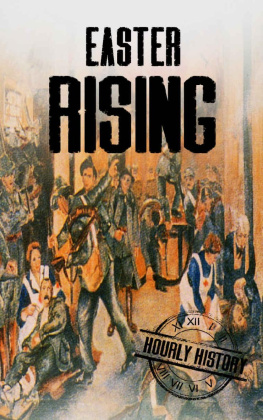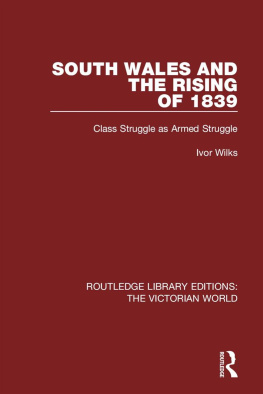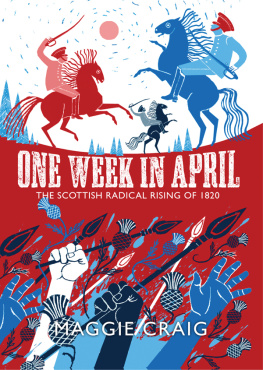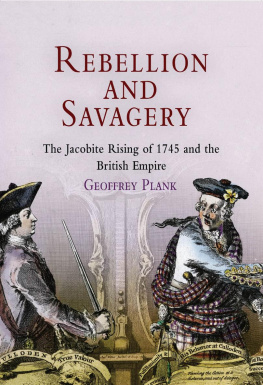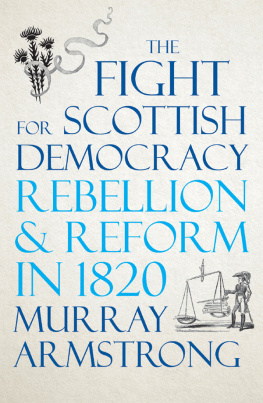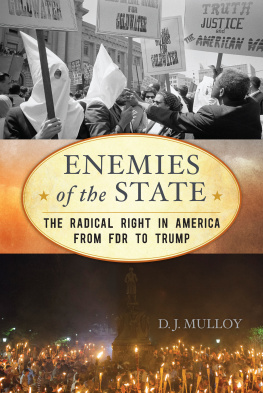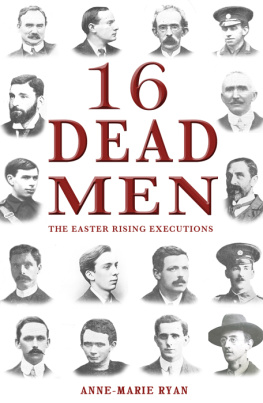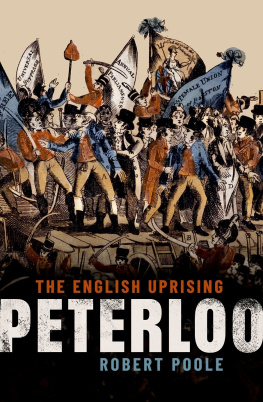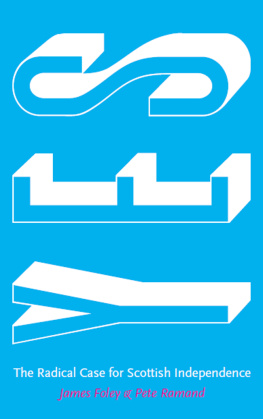Peter Berresford Ellis, an acknowledged expert on the Celtic world, is an historian, literary biographer and novelist. He is author of the bestselling Sister Fidelma historical mysteries (writing as Peter Tremayne). He is an Honorary Life President of the Scottish 1820 Society and Honorary Life Member of the Irish Literary Society (2002).
Seumas Mac a Ghobhainn (19301987) was born in Edinburgh. His ashes were scattered, by his wishes, at the site of the 1820 Memorial in Sighthill Cemetery, Glasgow, by the 1820 Society. In 2000 a memorial to him was set up by permission of Glasgow City Council, next to the 1820 Memorial. At that time a collection of his polemic essays, Scotland Not Only Free But Gaelic, was published.

This edition published in 2016 by
Birlinn Limited
West Newington House
10 Newington Road
Edinburgh
EH9 1QS
www.birlinn.co.uk
Copyright Peter Berresford Ellis and the Estate of Seumus Mac a Ghobhainn 1970 Foreword copyright the Estate of Hugh MacDiarmid 1970 New prefaces copyright Peter Berresford Ellis 1989, 2001
First published as The Scottish Insurrection of 1820 in 1970
The right of Peter Berresford Ellis to be identified as the author of this work has been asserted by him in accordance with the Copyright, Designs and Patents Act 1988
All rights reserved. No part of this publication may be reproduced, stored, or transmitted in any form, or by any means, electronic, mechanical or photocopying, recording or otherwise, without the express written permission of the publisher.
ISBN 978 1 78027 383 9
eISBN 978 0 85790 897 1
British Library Cataloguing-in-Publication Data
A catalogue record for this book is available from the British Library
Typeset by Hewer Text UK Ltd, Edinburgh
Printed and bound by Grafica Veneta
( www.graficaveneta.com )
An Fhirinn an aghaidh an t-Saoghail!
(The Truth against the World!)
Scottish saying
CONTENTS

ACKNOWLEDGEMENTS
The authors would like to offer their deep thanks to those who have helped them in their search for the material for The Scottish Insurrection of 1820, particularly the following: Lord Sidmouth, Lady Vivian, A. Landa (Agent General in London for New South Wales, Australia), M. J. Saclier (Archives of Tasmania, Australia), Earl of Wemyss and March, Lt.-Colonel J. F. H. P. Johnson, Lt.-Colonel A. G. M. Urwick, D. W. King (Ministry of Defence Library), Thomas I. Rae and James Ritchie (National Library of Scotland), Miss M. E. Cash (Devon Record Office), H. S. Cobb (House of Lords Record Office), G. R. Barbour (Scottish Record Office), P. A. Penfold (Public Record Office), C. W. Black (Mitchell Library, Glasgow), Margaret H. Martin (Glasgow University Library), John Robertson (Stirling Public Library), Elizabeth A. Liversidge (Stirling County Library), James W. Forsyth (Ayr Carnegie Library), W. M. Martin (Dumbarton Public Library), E. M. Stark (Dumbarton City Library), John B. Purdie (Renfrew County Library), H. I. Hunt (Motherwell Public Library), J. G. Dorman (William Patrick Memorial Library, Kirkintilloch), N. R. McCorkindale (Galashiels Public Library), William Scottie (Airdrie Public Library), P. J. W. Brand (Clydebank Public Library), G. C. Stewart (Hamilton Public Library), W. MK. Murray (Clackmannan County Library) and Robert M. Strathdee (Midlothian County Library).
PREFACE TO THE 1989 EDITION
P. BERRESFORD ELLIS
WHEN MY CO-AUTHOR, the late Seumas Mac aGhobhainn and I wrote our study of the 1820 uprising, first published in April 1970, we knew that we were exploring virgin territory. No full-length study of the uprising had ever been attempted; in fact, hardly anyone in Scotland had even heard of the event. It had been deleted almost entirely from the Scottish historical consciousness. This major radical uprising is still overshadowed by the lesser affair of the 1819 Peterloo massacre in Manchester. One of the reasons that we felt obvious efforts had been made to edit the events from Scottish history was the fact that the rising contained a national content, for it was the intention of the radicals to establish an independent Scottish Parliament an objective that was unacceptable to the Establishment and its historians. While we realised that we were revealing an important piece of hidden history, we were scarcely prepared for the interest which the publication of the book generated. According to the publishers, the book became the most reviewed book of 1970 and, at the time of publication, five newspapers, including one London daily and two Scottish dailies, published extracts from it.
Within months the 1820 Commemorative Committee had been formed by prominent Scottish politicians, historians and literary figures. Seumas Mac a Ghobhainn was elected honorary president of the committee in the following year. The first commemorative gathering in modern times was organised by the committee at the monument in Sighthill Cemetery, Glasgow, to the executed leaders John Baird and Andrew Hardie in September 1970. We were invited to deliver a short address.
The 1820 began to be mentioned in general histories of Scotland, commencing with a reference in John Prebbles The Lion in the North (Secker and Warburg, 1971), which made full acknowledgement to our researches. Other books and studies have been less generous in acknowledging our efforts; works such as Tom Steels 24-episode Scottish Television production Scotlands Story, shown on Channel Four in 1984. In programme fourteen, the rise of Scottish republicanism and the 1820 were dealt with. The series was accompanied by a tie-in book of the same name published by William Collins.
In 1973 a play concerning 1820 was produced by the Glasgow Citizens Theatre which also acknowledged our work, although a video produced by the Baird and Hardie Society in 1986 made no such acknowledgement, presumably because the producers argued that 1820 was a manifestation of British radicalism and failed to mention the nationalist aims of the 1820.
Within a decade a new primary school at Condorrat, near Cumbernauld, the home of the executed John Baird, was named The Baird Memorial School by the local council, then controlled by the Scottish National Party.
The 1820 Commemorative Committee gave way to the 1820 Society. From 1985 this society became extremely active in seeking to preserve the 1820 monuments, particularly the one at Sighthill Cemetery, in gathering artefacts connected with the uprising and with pursing a campaign urging the Scottish Education Department to revise the teaching of Scottish history in Scottish schools so that children could learn about such events.
The society achieved some astonishing successes. Most notable was the recognition by a Tory Secretary of State for Scotland, George Younger, of the Sighthill monument as an important historical site (Glasgow Herald, 3 January 1986) and its listing as a Scottish historical monument. Later that year the monument was restored at a cost of 10,000 and unveiled before 5,000 people on 31 October, thanks to a campaign by the society. The actual campaign to raise the money for the restoration proved to be something of a drama in itself. The society had launched an appeal for money at a public rally in July 1985. In November the City of Glasgow District Council offered to put up 5,000 towards the appeal on condition that the 1820 Society were able to raise a similar sum. This provoked a great deal of criticism from Tory politicians and press which receded slightly after the Secretary of State for Scotland announced the listing of the monument.


